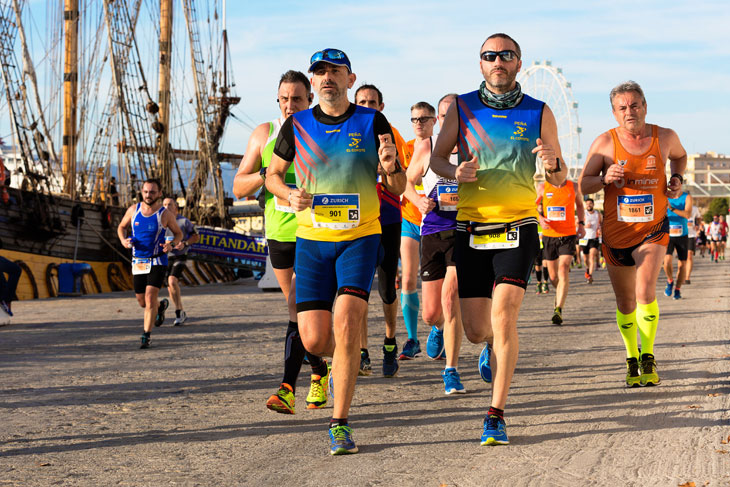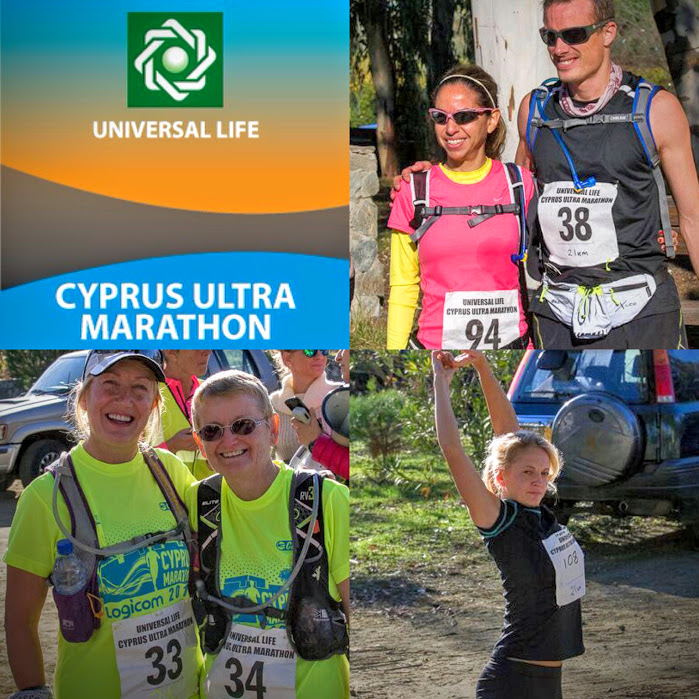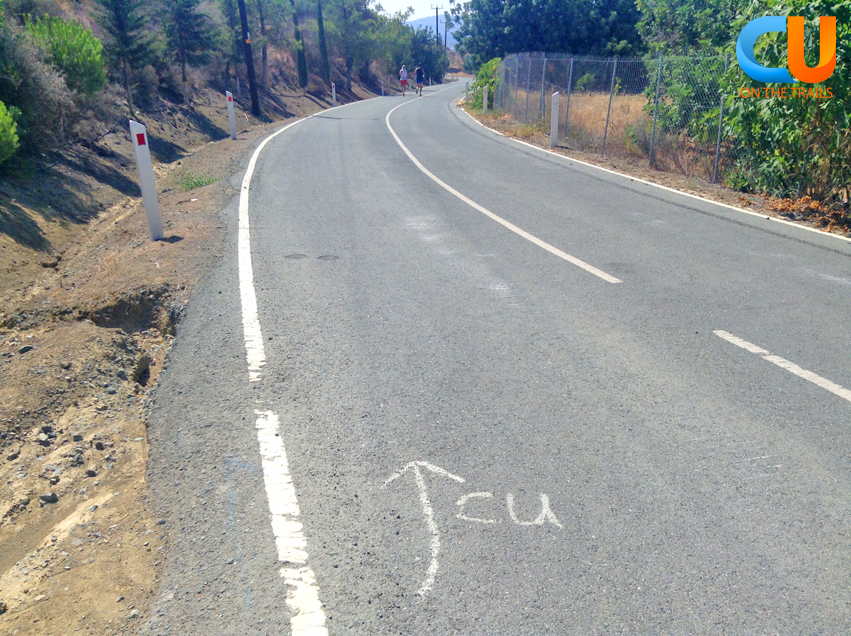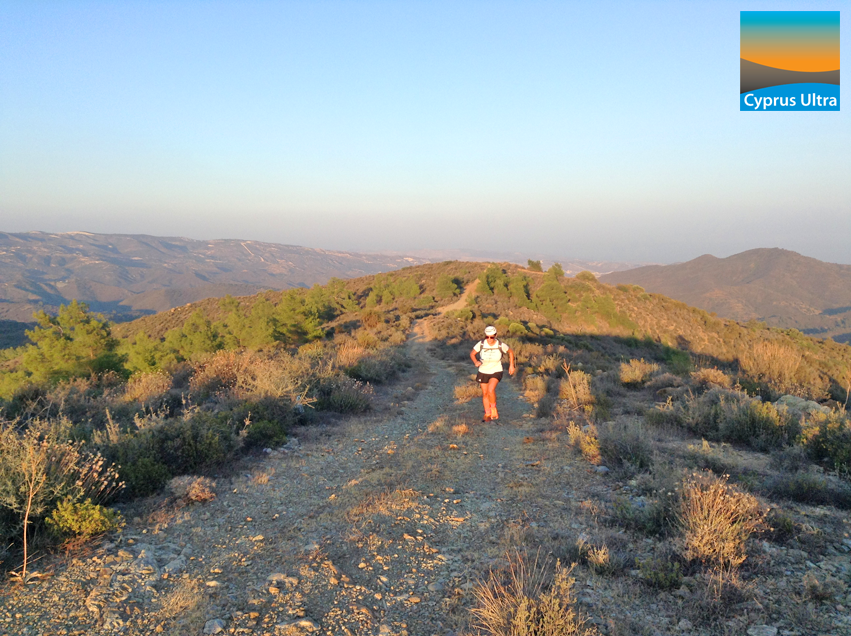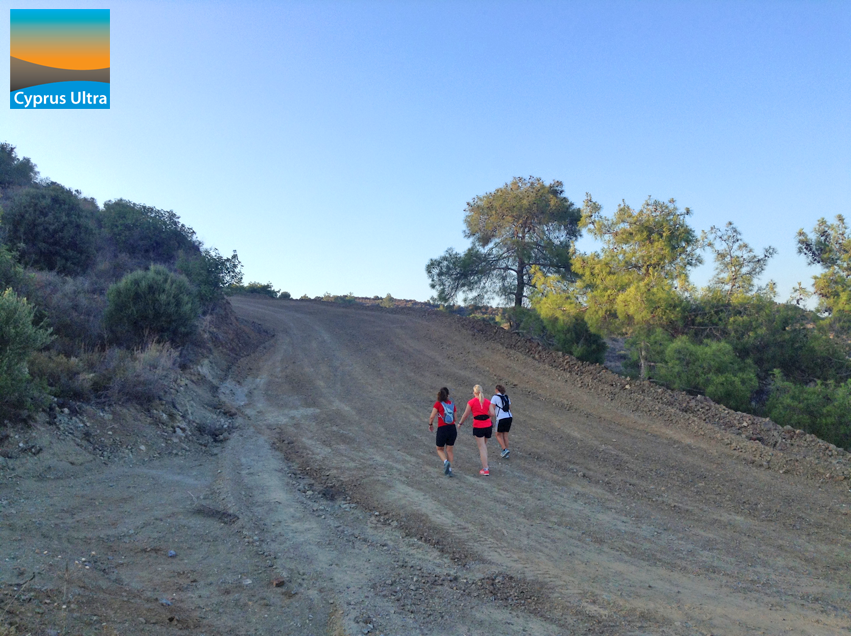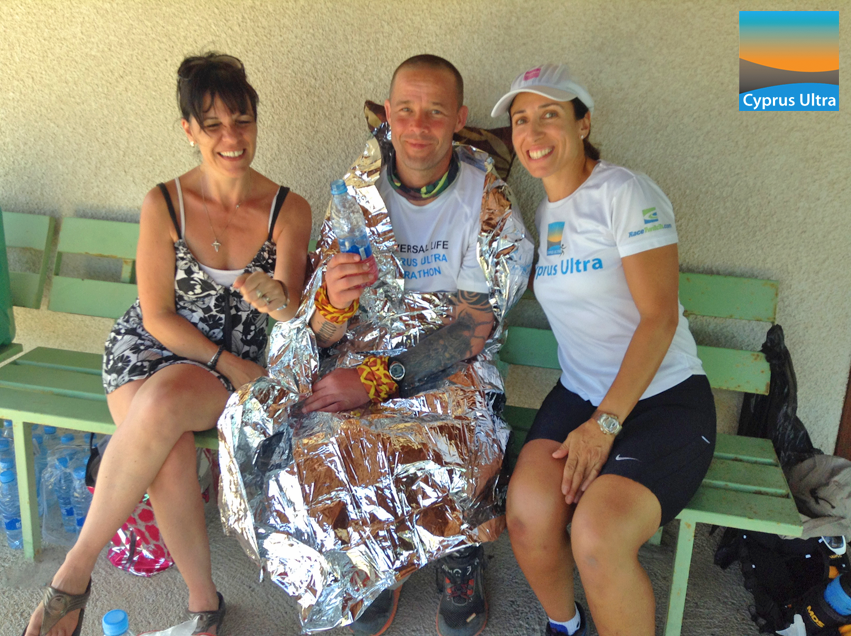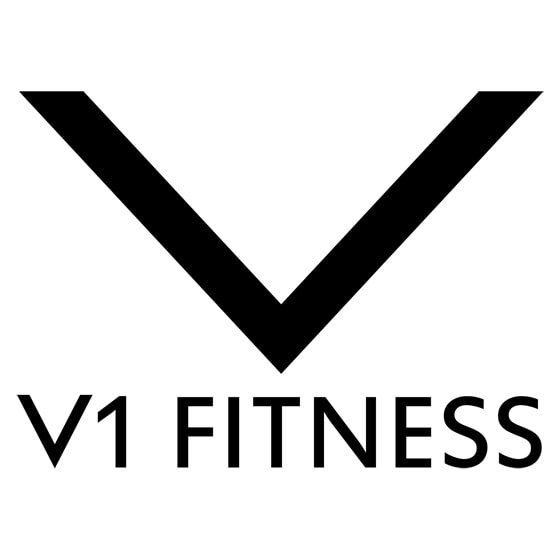|
Marathon training is intense, or at least it should be if you want to make sure you are fully prepared for the course. You should expect to be out there pounding the streets, several times a week, in all weathers. This means that you are going to need some equipment to ensure you don't pick up injuries and that you are covered for all eventualities. You don't want the fact that you haven't got a running jacket, for instance, stopping you getting out there when it is cold. This could set you back in your training. We'll take a look at the essential equipment that you should have to ensure your training is successful.
1. Clothing Remember, any basic marathon training schedule should include at least four runs a week. This means that you are going to need enough kit to get you through without having to constantly wash and wear. At the very minimum, you will need a couple of pairs of everything, whether that's running shorts, trousers, vests or t-shirts. You can choose which ones work best for you. Given that most marathons happen in spring, much of your training will take place during the winter months, which means you are likely to need clothing that will keep you warm. Tights that will give you full flexibility of movement (as well as keeping you warm) will become essential, as will long sleeve tops and jackets – and even fleeces if you feel the cold too much. You might also find that you need gloves and a beanie hat to help you maintain your temperature. 2. Trainers Trainers will undoubtedly be the most important part of your kit when training for an endurance run such as a marathon. Given that you will be training hard and covering long distances, you are going to need some trainers that give you the best support possible. The most important thing, when choosing new trainers, is to go for comfort. That means you are going to have to try on a good few pairs to find the ones that are right for you. Go to a store with knowledgeable staff that can guide you in your purchase – and don’t forget to try them out first. Often, these stores have treadmills in them. Whilst these do not provide ideal running conditions, they do mean you can at least try running in the shoes before you make your purchase. The good news is that your purchase of trainers can still be environmentally-friendly. Nike, for instance, have set themselves the target to reduce the environmental footprint of their products by 10% by 2020. Cheap GPS Running Watch A running watch isn't entirely necessary for your marathon training, but it could be extremely beneficial. Firstly, you will want to know the distances that you have covered as you run. Whilst you can use mobile phone to track this, it is much easier to glance at your wrist to see exactly how far you have run while you are in the middle of training. Secondly, you can use the watch to keep an eye on your pacing. As you progress you will get to know the pace that is most comfortable for you as you run. This will be important when you come to your race because you will understand what pace you can maintain throughout the event. Most watches also give you the benefit of seeing your heart rate as you run – this can help you understand when you are training too hard or not challenging yourself enough. A good watch can certainly help you make the most of your training. It's always a good idea to get in touch with a personal trainer, for reference see the best personal trainer prices in Limassol 4. Running socks Socks are often overlooked but actually choosing the right socks for your training is really important. Choosing socks that are seamless and have qualities that help prevent moisture and sweat from lingering around the feet can really help when it comes to preventing blisters because they reduce friction. Socks with extra padding can also be beneficial because they provide extra cushioning, and you can also get socks that are designed for either the left or right foot to ensure a better fit. Your feet will take most of the impact when you run, so it is important to look after them. Choosing the right socks for running will help you achieve this. 
Two exercises for Increasing your lung capacity.
As I mentioned in my last article, I am very focusing now on building my upper body because I realised that without a strong core you don’t go far with running. You literally don’t go far. So now four times a week I weight lift, and I am in my learning phase now and also experimental status checking out to see what works for me and finding out ways to achieve the best optimal result in the least time. It's It’s not like I don’t get enough exercise as weight lifting is concern building a house is the optimum weightlifting event. (Carrying and building bricks, making concrete and using a wheelbarrow to move it, pulling buckets of concrete up, installing scaffolds, etc.) I try to incorporate exercises that will help me straight my shoulders because I do have rounded shoulders and that’s because of the nature of my work. I am a computer engineer, and I do use the computer a lot so me learning for hours in front of it is a major contributing cause. Another reason is the muscles of my upper back are weak having. As a result, to be pulled forward by my stronger chest muscles; that’s why I try to balance the chest and back exercises. Now someone would ask what does having rounded shoulders have to do with running? Well, I had the same opinion, I have rounded shoulders I can still run just fine right? Well, it turns out after searching a bit more that is not okay, it’s very limiting. The reason is that rounded shoulders can result in reduced lung capacity, we cannot take in more air than our lungs are able. The difference in lung function is not small its 15% if you have rounded shoulders you are using 85% of your lung capacity providing you don’t have any other imbalances or issues. So you can see why its imperative to bring my shoulders in a straight line. To do that I use four exercises which Brendan Brazier suggests in his book Thrive Fitness which are 1. Bend Over Stretch and you hold it for 30 seconds 2. Shoulder, Chest, and hip flexor stretch (30 seconds each side) 3. Shoulder blade pinch (25 repetitions 20 seconds rest between sets) 4. Seated lateral raise (15 repetitions 20 seconds rest between sets) Along with other exercises this four I practice them in the morning before I go to work. Since I started doing them I can feel myself being taller. Now a second exercise that will help you with your increase of your lung capacity is Dumbbell fly. By doing dumbbell flys you are strengthening your chest muscles (pectoral) this exercise contributes to expanding the muscles between your ribs allowing for better respiration. The more expanded chest muscles you have the easier it is to inhale oxygen! If you notice all the elite marathoners they might seem to be weak in the upper body but if you note closely for their size they have pretty strong pectoral muscles which allow them to host and accommodate their enlarged lungs that they acquired by years of professional training. So now except dumbbell flys, I do use other chest exercises because I am not as active in that area as I should. So here two activities that will make you breath better, breath more and breath easier. 1. Seated lateral raise (15 repetitions 20 seconds rest between sets) 2. Dumbbell Fly I hope I helped. Have a healthy and happy day. My warmest Regards Andreas Michaelides Author of Thirsty For Health. 
Prevention is the best practice, good warm up and good cooling down period, increase the intensity of the training gradually and always have as guide your body as I mentioned in my previous article “When to change your training’s Status Quo.”
I am not an expert on running, but I learned a lot through a series of minor injuries and one big injury. The way I used to run was not excellent for my body, my form was all bad, I promise I will write an article in the future for the proper form of running. I was abusing my body to achieve other goals, which was to lose weight, the shift from losing weight and rethinking my running goals towards making better personal records took its time. It was in that transition period where I had my most injuries, and that’s because I didn’t know how to train properly, everybody can run, training is another elephant in the room. So below I am describing practices that helped me with my injuries, I hope some of them help you, I am sure some of them you already use, and I am certain there are much more elements you can incorporate into your training which will help you deal, prevent and heal your running related injuries. One thing when I first started running back in 2010 was that I did not do a proper warm up I would never stretch, to tell you the truth if I am going to participate in a long run, and this is my little hidden sinful secret, well not secret anymore, I don’t warm up or stretch at all. I know big mistake; I am still relying on my good genes for that! Hey, nobody is perfect. Now when I am doing hill repeats, or track repeats or tempo runs that will only last 1 hour tops, I do some seriously warm-up, sometimes my warm up and stretching exercises are longer than the actual training time itself. The reason I am doing that is that all the training activities I mentioned earlier are high in intensity and hard to do, and usually, injuries occur when you are doing there kind of energy demanding efforts. One of the reasons that I still don’t get injuries while doing my long runs is because the intensity at the begging of the run is slow and not so intense and it gives my body adequate time to warm up “properly” so to speak resulting in me not getting injured. Another thing I do which helps me maintain my injury-free status is that I run on dirt trails and dirt roads, also the high school track where I train still has soil track, not tartan track. These surfaces are softer and do not afflict the same level of intensity on our body as concrete and pavements do. If you are a runner in the city, it might be better for you to invest some time going to a place like a park that has dirt roads or if you live near a wooded area do your training there. It might seem for you now a waste of time but as an injury is a concern is a life saver especially if you're training for a marathon or longer distances. The long runs start to become longer and you will want that extra security blanket that you won't get a serious injury a week just before the marathon race!!! That would suck big time. Invest some time to learn about what kind of foot you have, do you have over-pronation or supination. A good footwear shop always has equipment and experience personnel to guide you on the purchase of your shoes. Also, there is a ton of info about shoes and feet and running, do a little research it won’t kill you it will make you wiser and prevent a series of injuries that are shoes related. It is important not to ignore pain, and sayings like: “no pain no gain” for me is just plain stupid. Pain is one of the early warnings of your body telling you, informing you that something is not right and you should investigate immediately and not run through it and hope will go away. I admit I used to do that in the past, and I end up being home sitting on my butt more time that I was out running especially when in 2012 after running my first 50k without proper training end up getting injured with ITBS (iliotibial Band Syndrome). That Injury kept me away from serious training for a good five months, and it was one of the worst times of my life. All of these happened because I was ignorant and not proper prepared. So with the first sign of the tiniest discomfort not even pain, investigate, check it out and also you can always do something that the running community calls R.I.C.E. no I am not going to argue about which rice is more nutritious than the other, brown or white, brown of course (smile). R.I.C.E. is an acronym of the words Rest Ice Compression Elevation Apply Ice on the injured area 3 to 4 times during the day. Try to ice the area 10 to 15 minutes every time you apply the ice. I usually get a towel and ice cubes; I put the ice cubes into the cloth use the towel where I hurt and just leave it there for about 10 minutes. Also skipping a few training sessions until the pain or the discomfort goes away is a sound tactic and don’t feel you are missing out on training, well you are, but it is better to deal with now when the situation is small and not later when it be out of control. Rest for goodness sake indulge yourself with something else, see it as a break from running and trust me if you are hooked as I am a few days away running make your comeback a fat more pleasurable event. The elevation is not always possible since you need to raise the affected area above heart level so blood will flow back to the heart decreasing thus the swelling. Cheat Sheet. Always warm up and do your stretches before running. Always have a proper cooling down period after running. Increase Intensity of Training gradually. Buy shoes that are suitable for your feet. Do not ignore mild discomforts. Do not for the love of what you consider holy or not run through pain! Apply RICE after any pain. I hope I helped. Have a healthy and happy day. My warmest Regards Andreas Michaelides Thirsty4health.com
When to change your training’s Status Quo?
Have you ever finished a long run that lasted a few hours! And when you cross your imaginary finish line you felt that you had the strength to run more? Why were you doing your track repeats you felt that you could go faster? Or when you are on tempo training, you had this gut feeling that you can increase the rhythm for longer period something that was not scheduled on your plan? Have you felt that your hill repeats are not challenging anymore? All the above feelings and signals are strong indications from your body that you reached a fitness level which for the sake of this article we call it Status Quo. You reach a Status quo which is an immediate result of your training. One of my biggest fears and sources of anxiety when I first started running was when and how to upgrade my training program either in mileage or intensity without getting injuries. Let me tell you something and I am saying this from experience, training plan upgrading should be thoughtful and considered. You should experiment and be patient see what works and don’t work for you. DO not I repeat Do not blindly follow a training program that you find online or in a book, take the philosophy behind the program but never follow it to the letter. You are YOU, and you are unique, take the program and make it yours, do not let the program to make you it’s own to turn you into a stressful runner enslaved by his commands. I used to do that when I first started running I would find a running training plan and follow it to the letter, the result was numerous injuries and added psychological stress and feelings or disappointment and let myself down. SO how do you upgrade your training program, well it’s quite elementary dear Watson as Sherlock homes will listen to your body, it is that easy. When you just finished a long run in a nice relaxed tempo and with a beautiful form and as I mentioned at the start of the article you feel that you can run more then its time to upgrade your long run either run distance or intensity or both. When your hill repeats are starting to seem like a piece of cake then its time to upgrade, either find a hill that steeper or increase the intensity of the run, or add some weights to you. Now all these theories I just said are beautiful and dandy but let me give you some numbers and practical tips. 1. Do not make more than two upgrades a week. I only do one update per week. Usually, the first thing I improve when I feel its time it is my long run, and I will add more mileage. 2. Do not add more than 15 to 30 seconds onto an interval 3. Do not add more than 10% additional mileage to a long run each week, most of you must know it by now it is like a gold rule. 4. If you increase the number of Intervals, do the first ones with a slower tempo. 5. If you increase the speed, you run your intervals then decrease the number of the intervals and as you get fitter increase the number for the intervals back its original number. For example, if you had 12 repeats of 400 meters, and you decided you want to do them faster, then run faster six repeats instead of 12 and gradually build until you reach 12 or whatever your lucky number is. 6. When you just finished a training session as you felt safe and healthy and you feel like you can go forever, do not upgrade immediate, wait for a week and if next week you have the same input from your body then proceed to the update. Now let’s see what kind of upgrades you can do. 1. You and increase the number of your weekly runs, if for example, you are running three times a week you can start running four times a week. This upgrade though should not be taken lightly and should be done after you 're 100% sure that your body is ready to accept the added physical stress and combined energy output that it will be asked for. 2. As I mentioned earlier, you can increase the steepness of a hill or the length the distance of a hill repeat. 3. You can increase the total time of a run, long run for example, if you were running for 2 hours every Sunday you can go for 2 hours and 12 minutes (apply the 10% increase rule) 4. You can increase the distance the length of each interval 5. You can increase the number of intervals repeats, or you can do the opposite reduce the number of interval repeats. 6. Increase the speed and the intensity of a specific run, either is hill repeat, track repeat, tempo run or long run. Conclusion I want to leave you with this today. Listen to your body, this fantastic machine that holds our soul; it is always speaking to us; we just need to relax and start listening to it. I know it’s not easy, I know I was oblivious to its callings a few years ago. Now I am more in tune with it, and the secret here is to start training your ego and your brain to be more sensitive to what your body is trying to tell you every second of your life. I know a lot of you will say I am mad, but hey why don’t you try it and be crazy together. Have a healthy and happy day. My warmest Regards Andreas Michaelides Thirsty4health.com
Fundamental number 1
When I first started running I did not know anything about training, the why’s and the how’s and even six years after running I am still finding myself not knowing stuff. That’s why I love running I learn new bits of information’s every day. One of the things I did not know about was the fact that you need to increase the intensity and your training load gradually. I thought that’s stress was only psychological, it turns out my friends we have a lot of different kind of stresses! We have mental as I mentioned, emotional, complementary, supplementary and of course physical stress. Every time you finish a training session you put your body under a lot of physiological stress, you asked for it to supply a certain level of work which never had to deliver in the past, you gave it new information to process and thus putting it in a stressful situation. Our body thank goodness is not stupid and is an incredible machine. After the training is over it will assess of what it asked for it during the raining see where it was lacking and where it was weak. Then at a cellular level will make sure the areas that did not perform satisfactorily will be enhanced and upgrade them so next time while training it will be able to deliver the required payload. That’s a fundamental truth, now what are we going to do with it? I will tell you now. The secret is to give to the body able time to make the necessary adjustments and repairs so the next time you go out for a new training to benefit from them. In more lame terms, you need to give time to your body to recover well before going out there again stressing it even more. Intensity and increase of training should be something that every runner is battling every time he or she sits down to devise or construct its next training plan or regime. Fundamental number 2 When I first start running, I would run every day, and as I mentioned in another article of mine I had this philosophy about training back then that a day without running was a day lost. Well, a lot has happened since then, I am more experience as a runner now, I read a lot more books and articles about the importance of resting and also a lot of injuries taught me the hard way the immense severity resting days are. Now I run 3 to 4 times per week, and I learned about specificity. Which means every training session I finish has a specific goal. For example, when I am doing track repeats I am working on my speed, when I am doing tempo runs, I am working on having a real and proper running form and pace. When I am working on my long runs, I make sure I am training my aerobic capacity and also training my ability to use fat as my primary fuel. Be specific on your training and you will see results faster and also better. Fundamental number 3 As I said numerous times in my first book Thirsty for Health and also in many articles in my blog every person is unique and once you grasp this essential and also paramount realisation, then you be able to set your mind free. You be able to follow the path that is right in front of you but most of the times can’t see it because of all the distractions of everyday life. You are a snowflake; you will not find two snowflakes alike, so do not compare yourself with others as training is a concern. Some people get into a certain form and shape faster than other people even if all of them use the specific training system and training volume. The secret is to see where you 're now and where were you when you first started, that’s what should matter to you, everything else is not going to help you become a better runner. So vital, individual differences is something an athlete must keep under consideration. Fundamental number 4 Six years ago when I started running, I did it to lose weight, becoming fit or healthy was the last thing on my mind I just wanted to lose the sick pounds. I noticed that by doing petite running, I would lose much weight and also my fitness level would improve faster. When I reach a stalemate as losing weight is concerned I noticed that I had to run faster, harder and further to even see any noticeable weight loss and also improvement of my fitness level. That’s when I realised that the fittest you become, when you get closer and closer to your optimal performance the harder it is to improve even more. So do not despair if you don’t see great improvements after finishing a hard training, it means you reach your best level at that particular time in your life. Maybe your running regime is fine maybe you need to tweak and check out other aspects of your life, like nutrition or weight strengthening or so on. Fundamental number 5 One of the biggest lessons running tough me was that if you want to have results, you must be consistent. The saying is you don’t use it you lose it is one f the best advice ever. If you stop training then the fitness level you achieve after all those hard training days it will go away, and you are back to square one. It is that simple. From my experience is you stop training for three weeks then you are back to square one, of course, square one is different for different people, for me, square one is I can run 10k in one-hour others could be less or more. The important thing is that you need to see training as a lifestyle it should be something that you can do for the rest of your life, something that it will not become like a job or at the same time not get bored with it. I think running 3 to 4 times a week, achieves those goals, keeps you in good fitness shape, does;t make you feel you have to go run and also it is not dull. Fundamental number 6 I left the most important one of the last. All of the above are worthless is you don’t possess this last ability. I know people say it is not right to be selfish, but I think that's wrong. I advocate that you need to be at least a little bit of selfish, have a little bit of an ego to be able to get from bed every day and do the things that matter to you. One of them is running, because running for me is not just a man to achieve something anymore is part of me and I can’t think myself without it. I hope I helped and made you think. Have a healthy and happy day Andreas Michaelides Thirsty4health.com Nitrate power! Run to the beet (beetroot beets!) and benefit from greater endurance and speed. We have personally tested this, drinking pure beet juice before a 10 km race. We drank 100ml of pure beetroot juice about 45 minutes before the start of the race and were shocked at the endurance boost in the last couple of km. It definitely worked for us. Give it a go and let us know how you get on! ~ Cyprus Ultra team I det här inlägget tänkte jag beskriva lite mer ingående hur det ser ut längst med banan när det gäller möjlighet att få vätska, mat, tilltugg. Det är ganska viktigt att veta hur det ser ut, med reservation av annan meny av mat och tilltugg som kan variera från år till år. Cypern ultra har växt som ultra lopp bara på ett par år, och med det har även organisationen växt och loppet har utvecklats en hel del från första gången jag deltog. Det jag blev förtjust i var själva naturen, omgivningen, tuffheten i loppet, men även folket runt loppet och hur hela Vasa som by involverade sig i loppet och gör än i dag. Mycket av den näring som serveras under loppet är nyttiga råvaror, och mycket frukt och grönsaker. Färskt vatten serveras alltid vid vätskestationerna och det finns på dom flesta stationerna både frukt, grönsaker, chips och lite annat. Så här ser stationerna ut; Varv och mål området;
Ibland kan det finnas vatten ett par km från utgången på nedre varvet, men det är ingen garanti. Då har du en lång bit kvar tills nästa vätske station, som är på väg upp till banans högsta punkt. Det är mycket klättrande för att nå toppen. Här hoppas jag att du lyssnat på mitt råd att fylla på bra med vatten. När du väl nått toppen, kommer du ha tillgång till vatten ur kranen vid kyrkan, det går att dricka. Det går även att skölja ansiktet, och det kommer du behöva. Här går även att sitta på bänkar, eller varför inte se på den vackra utsikten, över bergslandskapet. Det är värt den hårda vägen upp. Vägen ner från kyrkan, väntar dig ca 4km konstant utförslöpning och det är påfrestande efter ett par varv. Har du för högt tempo, kommer du märka det efter några varv. På vägen ner kommer du passera vätskestation du mött på vägen upp mot banans högsta punkt, här erbjuds du dryck, frukt, annat tilltugg. Ibland kan det vara smart att ta något. Alla intag är viktiga, du kommer behöva dem konstant. Nu har du inte många kilometer kvar till mål och varvning och du har då sprungit ca 21 kilometer. Efter ett varv kan du banan. Men den kommer testa dig hela tiden. Banan är speciell då den går upp och ner så gott som hela tiden. Enda skuggan du har är nattetid, men kvar är värmen på ca 25 grader nattetid och en hög luftfuktighet mellan 80-100 % . Solen går upp tidigt, och värmen kommer tidigt. Även om loppet erbjuder mycket bra support på dryck, frukt, tilltugg och mat så rekommenderar jag dig som tänkt springa att ha med dig elektrolyter, sportdryck, annan dryck och det som du vill ha som är personligt just för dig. Cypern Ultra har mycket bra stationer runt banan med mycket trevliga och hjälpsamma funktionärer och ett bra utbud av vätska och näring med många färska frukter och grönsaker som odlas på Cypern, och i närområdet. Varma hälsningar Remy Brändefalk Sverige |
Categories
All
|
YOUR LOGO HERE - SPONSOR THE GREATEST ULTRA RUNNING CHALLENGE IN CYPRUS
|
Cyprus Ultra Marathon, Vasa Kellakiou, Limassol hills. Est. 2011.
Vasa kellakiou/sanida/kalavasos 21km loop created by Michael Rivers. |
First ultra marathon in cyprus to accept BTC
|
World's first vegan ultra marathon
|
